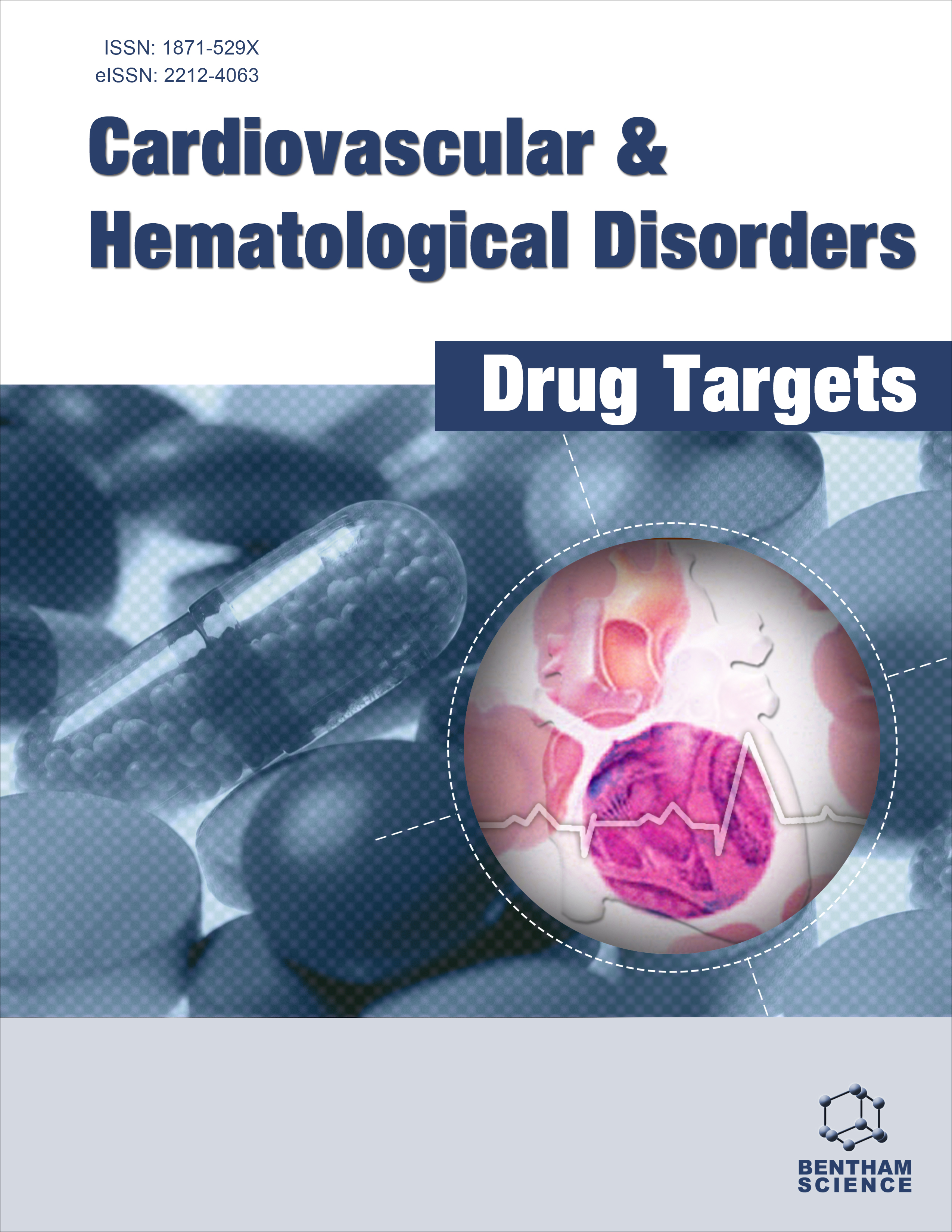
Full text loading...
We use cookies to track usage and preferences.I Understand
Recent research has uncovered that secondary metabolites-biologically active compounds produced by plants, microbes, and other organisms-play a significant role in regulating the differentiation and function of macrophages. Macrophages, key components of the innate immune system, are crucial for a wide range of physiological processes, including immune response modulation, tissue homeostasis, and host defense against pathogens. This research delves into the mechanisms by which secondary metabolites influence macrophage differentiation signaling pathways, with a focus on how specific compounds affect macrophage polarization and functional phenotypes. Understanding these effects can open new avenues for developing therapeutic strategies that target macrophage-mediated immune responses. Secondary metabolites, such as nitrogen (N) and sulfur (S) containing compounds, terpenoids, and phenolic compounds from plants and microbes, can modulate macrophage differentiation by influencing cytokine production and activity. The activation of signaling pathways in macrophages involves multiple receptors and transcription factors, including IFN-γ receptor activation leading to STAT1 activation, TLR4 triggering IRF5, NFκB, and AP1, IL-4 receptor activation leading to STAT6 and IRF4 activation, PPARγ activation via the fatty acid receptor, TLR4 increasing CREB and C/EBP levels. The complex interplay between transcription factors and cytokines is crucial for maintaining the balance between the M1 and M2 states of macrophages. Despite these insights, further research is needed to unravel the specific molecular mechanisms involved and to identify promising secondary metabolites that could be translated into clinical applications.

Article metrics loading...

Full text loading...
References


Data & Media loading...

